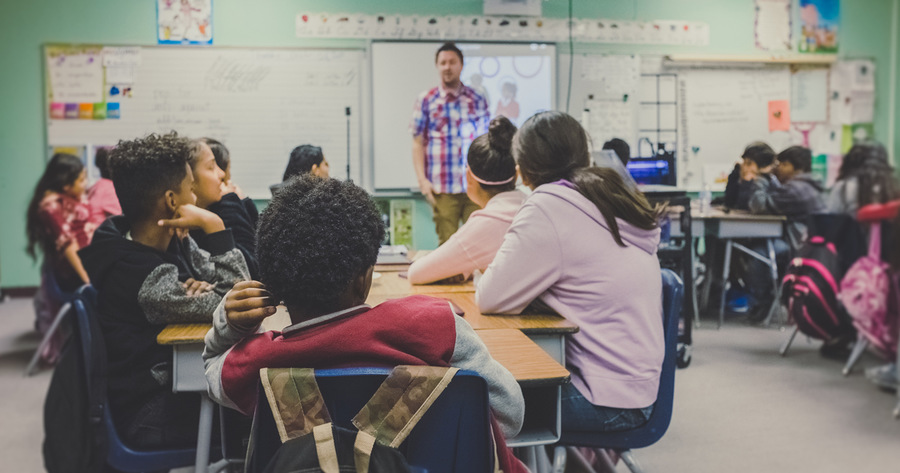You made a phone call. You held or participated in a meeting or training. You connected with someone via e-mail. You solved a problem or coached someone in solving one. You came up with a new idea, alone or with a colleague. You wrote a touching blog. You interacted positively and constructively on social media.
And much more.
You may have taken the ability to do these things for granted, but don't sell yourself short.
Learning and innovation skills, the 4Cs—Creativity, Critical thinking, Communication, Collaboration—are recognized as skills that separate students who are prepared for increasingly complex life and work environments in the 21st century from those who are not. The 4Cs also contribute to the success of afterschool leaders and professionals.
We know—and research shows—that quality afterschool programs build 4C skills in young people. But the development does not happen without support from leaders and from knowledgeable and competent staff.
To advocate for and build the capacity of afterschool and the profession, it's imperative that all members of the field understand and can articulate that these skills are both caught and taught. It's important that each member commits to ongoing modeling and teaching of the skills.
A focus on the 4Cs across the board—with young people who attend the programs, entry and developing afterschool professionals who work directly with children and youth, afterschool leaders at all levels who play a variety of key roles, and mastery level professionals who provide research and thought leadership—is essential in preparing young people for the future and ensuring the strength of the afterschool profession.
But how?
Consider using these science and engineering practices to weave these crucial learning and innovation skills into everyday ways of being and intentional practices. When you encounter a new problem or experience:
Ask questions and define problems. Ask questions and do research to seek understanding. Test your understanding by using communication skills, such as paraphrasing and mirroring. Describe the new problem or experience.
Develop and use models. Use diagrams, drawings, analogies and other visual aids to develop your solutions to the problem or ideas for handling an experience.
Plan and carry out investigations. Work collaboratively or individually to test ideas and potential solutions. Float ideas by a trusted colleague or mentor to determine the best approach, and then try it out.
Analyze and interpret data. Investigations produce data that must be analyzed and interpreted to develop meaning. Reflect on the results of your test. What worked? What didn't? Use the tools of scientists to help determine patterns and trends. Try visualization, graphical interpretation and other types of analysis—and don't be afraid to contact others or use technology to help!
Construct explanation and design solutions. Use what you find from your data analysis to determine the best approach in similar situations in the future. What would you do again? What would you do differently next time?
Obtain, evaluate and communicate information. Scientists and engineers must be able to communicate clearly and persuasively the ideas and methods they generate. Leaders have an obligation to do the same. Use a journal to write down what you learned. Share what you find out with staff and other leaders. Write a blog. Post on social media. Have a conversation!
Using these science and engineering practices to help systematically answer questions, solve problems or respond to new experiences will support the leadership development of yourself and others. This approach will help you talk the talk and walk the walk of the 4Cs, to ensure our workforce is equipped to creatively solve problems, respond to new experiences and develop these skills in young people—solidifying afterschool in its rightful place as an avenue for workforce development.
Contributed by Heidi Ham, NAA's Vice President of Programs and Strategy. Connect with Heidi via Twitter @ham_heidi.




